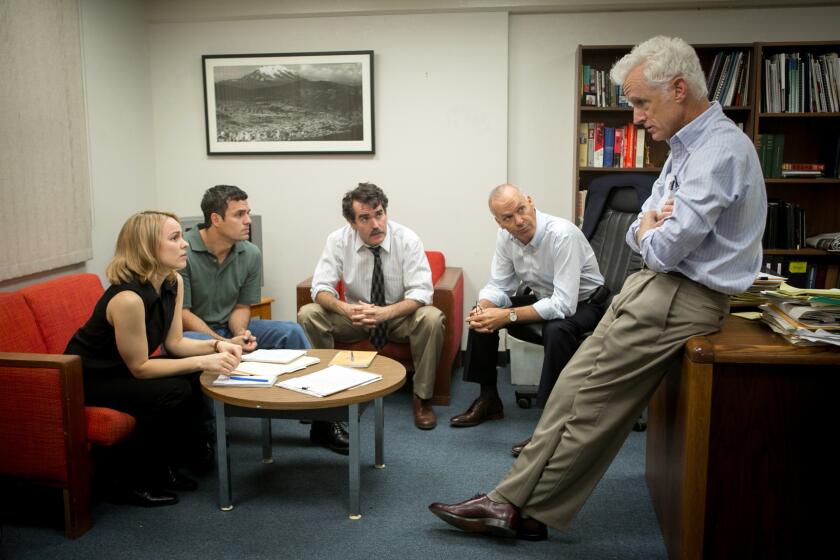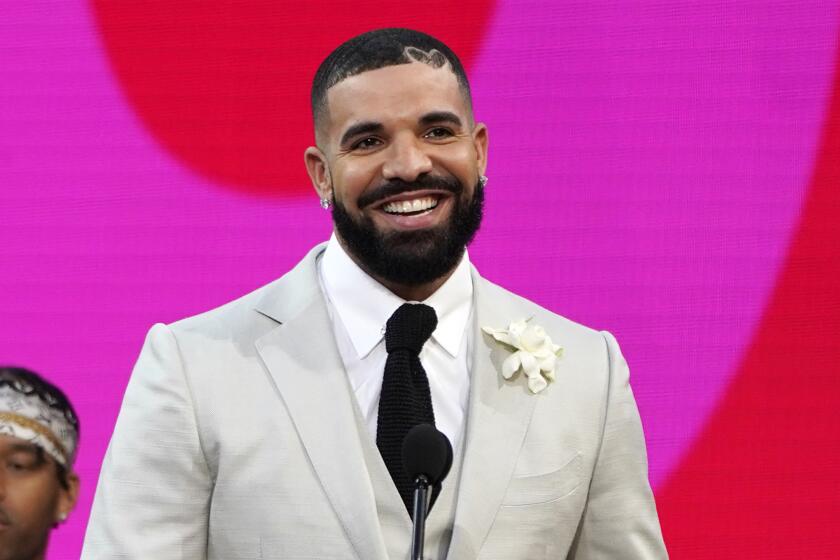The best of times, the worst of times: art in the age of rising white supremacy
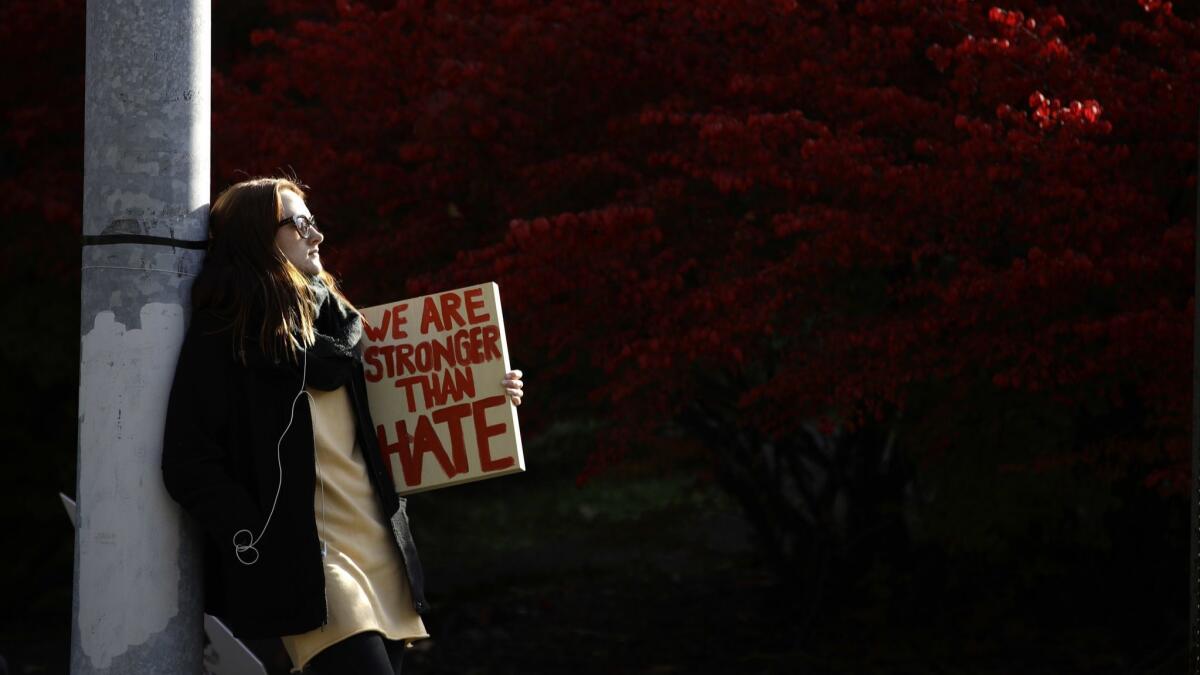
Two days in October tell a divided story of American culture in 2018.
On Oct. 13, a brisk Saturday morning, Pittsburgh’s Carnegie Museum of Art threw open the doors to its 57th biennial exhibition, the Carnegie International.
To the facade of the museum’s Beaux Arts building, which bears the surnames of thinkers such as Benjamin Franklin and Charles Darwin, artist Tavares Strachan added neon texts that highlight cultural contributions by nonwhite, nonmale figures such as Thelonious Monk and actress and scientist Hedy Lamarr. It’s one of many pieces in the exhibition that signal an openness to the ways in which nuanced multicultural ideas can take root and flourish.
Two Saturdays later, however, on Oct. 27, a gunman killed 11 Jewish worshippers, among them a 97-year-old woman, at the Tree of Life synagogue — a mile and a half from the Carnegie Museum of Art. The suspect in the deadliest attack on Jews in U.S. history was known for posting anti-Semitic rants.
This stark juxtaposition of events poignantly illustrates our current moment.
American culture is embracing a more diverse array of voices and ideas than ever. A transgender superhero has joined the cast of TV’s “Supergirl” while a black superhero movie has been the No. 1 film at the box office for most of this year. Museums, meanwhile, are giving center stage to artists exploring difficult ideas related to the body, gender, race and economics.
But it’s also a period of ascendant white supremacy.
In February, the Anti-Defamation League reported a 60% surge in anti-Semitic incidents for 2017. That same month, the Southern Poverty Law Center showed an uptick in the number of hate groups operating in the U.S.
Just two days before the Pittsburgh rampage, a gunman killed two African American shoppers at a supermarket in Louisville, and told a white bystander: “Whites don’t shoot whites.” In the days leading up to Tuesday’s midterm elections, President Trump, who has helped set the country’s political tone with divisive rhetoric, tweeted a political ad that was considered so racist in its demonization of Latin American immigrants that even Fox News pulled it from the air.
“It’s ironic that the flowering of this kind of fantastic critical thinking is hitting right at the moment stuff is going the other way,” says Michael Govan, director of the Los Angeles County Museum of Art. “Never before has there been such an exciting reconsideration of ideas.”
It is the best of times and it is the worst of times. A time in which the “whitelash” to multiculturalism is becoming increasingly violent. But also a period in which art and culture present a more inclusive alternative to the executive orders emerging from the White House.
“As long as culture keeps producing these moments, where actual debate can happen without devolving, it becomes a sort of proxy,” says art critic Aruna D’Souza, author of “Whitewalling: Art, Race, & Protest in 3 Acts.” “Those conversations become proxies for conversations we can’t have elsewhere.”
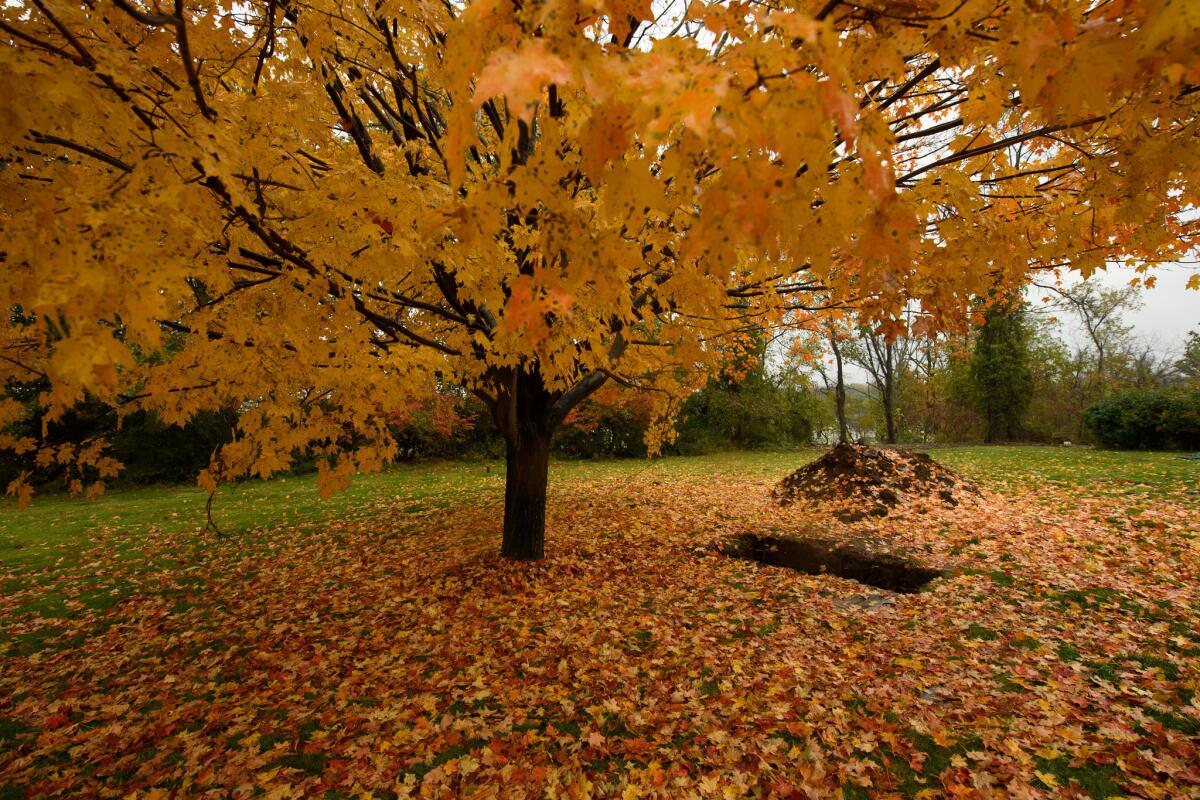
The air has become politicized and charged — but in a way that is revelatory.
— Julian Zugazagoitia, director of the Nelson-Atkins Museum of Art
Moreover, it’s a moment in which the art world isn’t simply a haven from the toxicity of politics; it represents a front in which change is actively happening in terms of the voices that are promoted and the administrators doing the promoting.
“The air has become politicized and charged — but in a way that is revelatory,” says Julián Zugazagoitia, the Mexico City-born director of the Nelson-Atkins Museum of Art in Kansas City, Mo. “Those voices that so many people have worked to empower, they are starting to be in those positions. As a Latino leading one of the top encyclopedic museums in the nation, that might not have happened before.”
He is not the only one. In 2015, curator Franklin Sirmans, who is African American (and who previously served as the head of the contemporary art department at LACMA), was named director of the Pérez Art Museum in Miami. Last month, the Museum of Contemporary Art Santa Barbara made Iranian-American curator Abaseh Mirvali its new director.
Mirvali, who previously served as executive director at the Colección Jumex in Mexico City, says institutions are increasingly willing to reach outside of the typical art historical circles for hires. Mirvali, for example, has a degree not in art, but in public policy.
“I’m like the black sheep,” she says. “But public service is important to me and that’s part of why it’s important to me to run a museum.”
These changes are the result of decades-long social and political phenomena that were sparked long before Trump took office.
“It’s a combination of a whole lot of long-running cultural shifts,” says D’Souza, “including ones that have led to more and more black people and Latinx youth being supported in higher education, going to graduate school and ending up in a space and in positions that they can now start to exert influence.”
Many who came of age in the wake of the civil rights movement, the feminist movement, the Young Lords, and the black and brown power movements, amid debates about identity politics and critiques of the ways in which institutions wield power, are now in a position to more actively promote those ideas within the context of their own institutions.
“This is a younger generation of museum leadership for whom diversity is something that we’ve grown up with,” says Zugazagoitia.
The presence of this broader array of administrators has brought a more textured view to the ways in which art is presented.
In the past, D’Souza says, the focus was more on the diversity of audiences than programming: “It was like, ‘Here’s an exhibition of an old white guy. Please make sure that queer black kids understand why this is so important to their cultural experience.’”
That is changing.
Rita Gonzalez, a contemporary art curator who started working at LACMA almost 15 years ago (prior to Govan’s arrival), says that when she started at the museum, the conversations were geared toward market share: “How do you market to Latinos? How do you market to African Americans?”
But over time there has been a recognition that one of the best ways to draw diverse audiences is to feature a more diverse array of programming.
In her time at LACMA, Gonzalez has organized exhibitions exploring the juncture of conceptual art and Chicano identity, the groundbreaking work of the Chicano art collective Asco, and the research-driven practices of Latino and Latin American artists, among myriad other topics.
Marcela Guerrero, who was recently appointed assistant curator at the Whitney Museum of American Art in New York — the first Puerto Rican curator at the museum — says, “I think now we finally get to see voices that can articulate diversity in more nuanced and sophisticated ways.”
This year, she organized an exhibition, “Pacha, Llaqta, Wasichay,” which explores the ways in which indigenous influences have shaped the way contemporary Latin American artists view space — both architectural and natural.
There have been similar shifts in how some museums curate and install their permanent collections, with many institutions actively considering the ways in which they can incorporate more threads into the art historical narrative.
“There has been a more active approach to filling out collections,” says Jamillah James, who serves as curator at the Institute of Contemporary Art Los Angeles. She points to the Museum of Modern Art tapping Darby English as a consulting curator in 2014 to review the museum’s gaps in African American representation.
There is also the case of the Baltimore Museum of Art, which this spring sold several works from its permanent collection to create a “war chest” to help diversify the museum’s collection.
Moreover, some institutions are undertaking “decolonization” exercises to consider how works by certain groups are shown.
The work of indigenous artists, for example, has often been displayed as anthropological relic — approached not as art, but as natural history — a phenomenon skewered by the late performance artist James Luna (of Luiseño, Ipi and Mexican descent). In 1987, he staged a work titled “The Artifact Piece” at San Diego’s Museum of Man in which he presented himself in a display case wearing nothing but a loin cloth.
Twenty five years later, in 2012, that same museum partnered with Southern California’s Kumeyaay Nation to incorporate an indigenous point of view into the displays.
Some institutions are re-thinking the very architecture of museums. Climb the grand staircase at the Metropolitan Museum of Art in New York and it would appear that all art emanates like a straight line out of Western painting.
This phenomenon is something Govan sought to avoid when he approached Swiss architect Peter Zumthor about designing a new building for LACMA. He was looking for an architecture that didn’t privilege one mode of art over another. Zumthor’s proposed redesign, as a result, allows museum-goers to enter the collection through different cultures and eras.
“The Zumthor building is a critique of art history — that it is not fixed and comes from multiple points of view,” says Govan. “I do believe in creating a non-hierarchical structure of looking at culture. There is no high and no low.”
These ideas may have been bubbling in the culture for decades, but the political climate has given them more currency, launching conversations that were once confined to academic circles into the mainstream. (Even the pop cultural media outlet Teen Vogue has covered museum decolonization.)
Many cite the election of Barack Obama to the presidency as a defining event.
“He was the first black president; there was this high visibility of black leadership,” says James. “It was really, really important.”
“It also,” she adds, “revealed that there were a lot of cracks in the system.”
“What Trump has uncovered,” says Connie Butler, chief curator at the Hammer Museum, “is something that has been boiling in the culture for so long, and it’s given us a real opportunity to talk about it.”
Butler, in collaboration with the Museum of Modern Art in New York, helped organize the retrospective devoted to the work of conceptual artist Adrian Piper that is on view at the Hammer.
Piper’s work, in ways both visceral and methodical, tackles difficult questions of race, of belonging and exclusion. And it’s not an easy show — profoundly intellectual, deeply influenced by her own interest in philosophy and systems of thinking, and it continuously demands that viewers confront their own prejudices when it comes to race. In one image, she presents a group of African Americans seated around a dinner table, with a prominent text that reads, “We are around you.”
Butler says the political climate has made exhibitions of this nature more feasible at marquee institutions such as MoMA.
“Those of us in institutions feel like, ‘OK, the one thing I can do from within my own institution is do activist curatorial work,’” says Butler. “It’s putting on these shows, which more ambitiously and assertively represent diverse points of view and political points of view.”
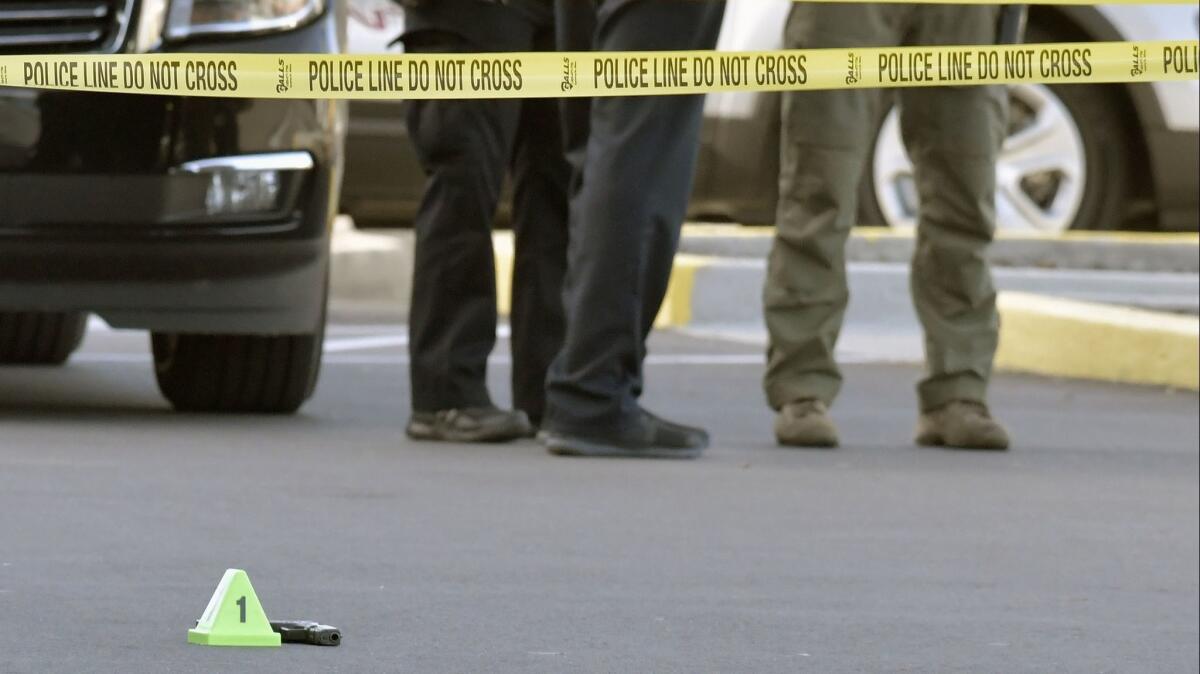
I don’t think we’re going to escape the specter of white supremacy. But I do think we’re going to be able to be better equipped to push back on it.
— Jamillah James, curator, Institute of Contemporary Art Los Angeles
Ingrid Schaffner, who served as curator of the Carnegie International, agrees. “As a curator who came up during the rise of institutional critique and critical studies,” she says, “ these movements gave us theory and tools that we better start using right now.”
Times of political tumult can result in flourishing artistic practices. The Renaissance came on the heels of the Black Death. Shakespeare produced his plays at a time of skyrocketing inequity. The indigenist paintings of the Mexican muralists were accompanied, quite literally, by a revolution.
“There are moments in history where there are these ruptures,” says Kade Twist, an L.A.-based artist who is a member of Postcommodity, a collective that has a major installation at the Carnegie. “People build infrastructure. People make changes. People take matters into their own hands.”
None of this is to say that the art world is some post-racial, post-gender utopia. Museums reflect the societies from which they emerge — and they are often rife with tokenism, says Twist, where “the default system of legitimacy is the Judeo-Christian scientific world view.”
Diversity remains a problem, especially at the top levels — 72% of museum staff at institutions belonging to the Association of Art Museum Directors are non-Hispanic white, according to a report issued by the Andrew W. Mellon Foundation in 2015, with most people of color at those institutions working in security, facilities maintenance, human resources or accounting. And women hold less than half of museum directorships, according to a study issued by the AAMD last year. When they do run museums, they tend to be small, with budgets of less than $15 million.
As museums become platforms for discussions about race, incarceration, queer politics, economics and identity, the question is how committed they are to truly facilitating change.
“We’re expected to converse and hash things out without a sense that the institution is necessarily listening,” says D’Souza. “Let’s have a conversation — but what role are you going to play other than hosting the conversation? How will you transform yourselves?”
The cultural arena nonetheless remains a bastion of diverse ideas at a time in which politics has grown increasingly punitive to those who don’t fit the mold of white male.
“I don’t think we’re going to escape the specter of white supremacy,” says James. “But I do think we’re going to be able to be better equipped to push back on it and decenter it.
“It just can’t be the way it was anymore. We’ve come too far to have that be the zero, the starting point.”
For the moment, the tragedy in Pittsburgh has overwhelmed any and all reference to the city. But there is good news in the city too: an array of artistic voices coming together under the roof of the Carnegie — questioning, inquiring, revising, imagining a world that could be.
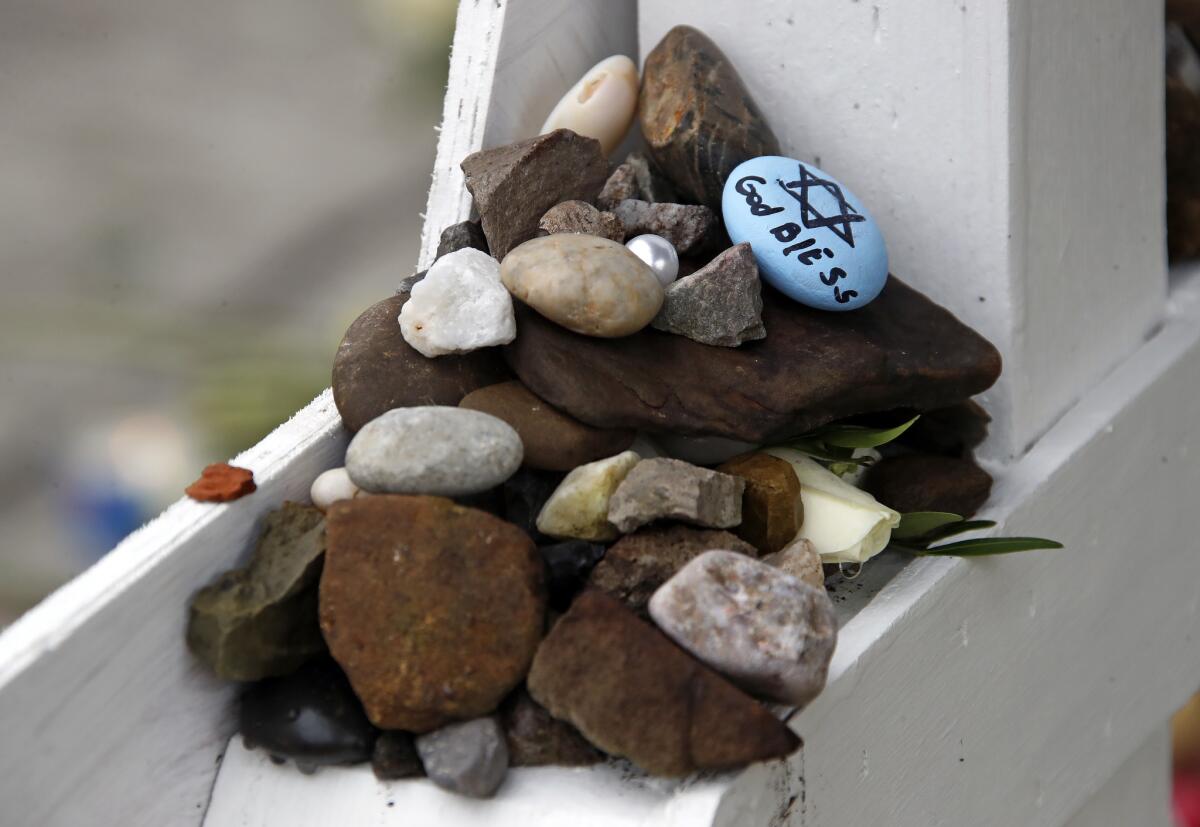
Consider the vast installation inside the museum’s majestic Hall of Sculpture where Postcommodity created a striking arrangement of glass, coal and steel.
“It’s a graphic score for a solo jazz performance, and it’s in the form of a 3,200-square-foot sand painting,” says Twist. “There are so many ways of looking at Pittsburgh. We wanted to look at it through its music.”
The piece is inspired by the city’s history: the resources that were historically important to its economy, the labor that was responsible for manufacturing wealth — which included a large community of African American workers — and the jazz scene that flourished there.
The piece “is also an abstraction of the feathered, horned serpent — in Cherokee we call it ‘Uktena,’” adds Twist, an enrolled member of the Cherokee Nation whose roots lie in Bakersfield. In that way, the installation acknowledges the area’s indigenous history.
“It is so beautifully and politically conceived and composed as a work of art,” says the show’s curator, Ingrid Schaffner. “It takes the icons for which Pittsburgh is known and “allows us to go much deeper.”
ALSO
A border fence made of air: Native artists to create two-mile balloon installation
From 125th Street in Harlem, Thelma Golden has changed the face of art all over the U.S.
Review: Helen Molesworth’s final show at MOCA is the anti-celebrity show we need right now
Review: Danial Nord’s desiccated humanoids are grim meditations on our digitally tethered experience
Sign up for our weekly Essential Arts & Culture newsletter »
carolina.miranda@latimes.com | Twitter: @cmonstah
More to Read
The biggest entertainment stories
Get our big stories about Hollywood, film, television, music, arts, culture and more right in your inbox as soon as they publish.
You may occasionally receive promotional content from the Los Angeles Times.





